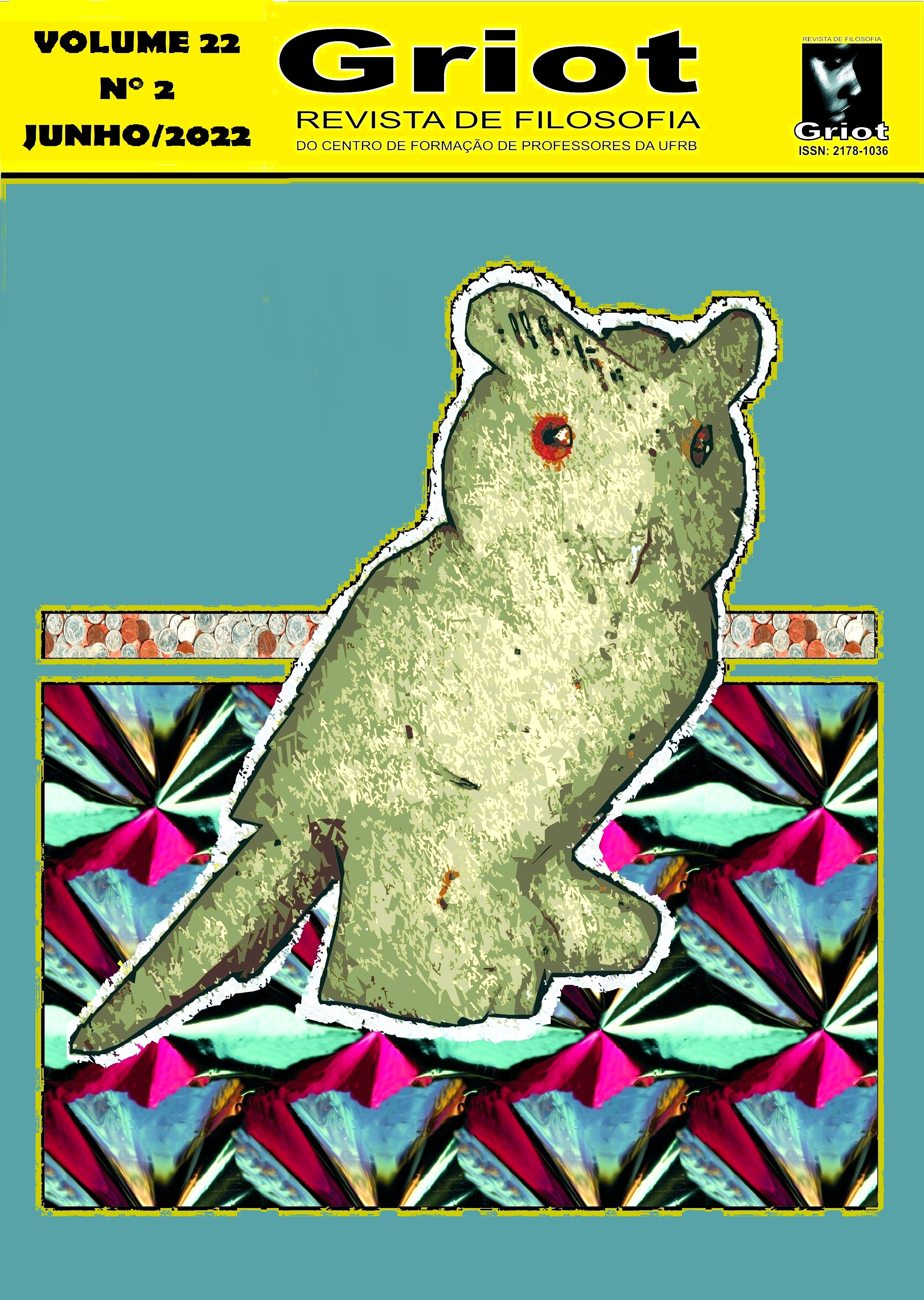Dance in philosophy: an analysis based on the thought of Nietzsche and the book The stepwolf by Hermann Hesse
DOI:
https://doi.org/10.31977/grirfi.v22i2.2919Keywords:
Dance; Life; Weightlessness.Abstract
This article seeks to analyze how the phenomenon of dance presents itself in philosophy, especially from the reflections of the German philosopher F. Nietzsche. To enhance our hypotheses, we will resort to the literary work The Steppenwolf by the German writer Hermann Hesse. We know that dance as a metaphor for thought is presented both throughout Nietzsche's work and in the aforementioned book by Hermann Hesse. Therefore, our analysis seeks to demonstrate how dance involves a situation of surrender and acceptance of Life. It is about dance as a thought of overcoming oneself. This overcoming takes place in the instant. The instant when we understand Life as a movement towards its infinite possibilities. Based on the philosophical investigation, in this work, we will start by presenting the concept of dance in Nietzsche's philosophy, then we will exemplify this concept in the work of Hesse and, finally, we will demonstrate the relationship between dance, thought and affirmation of life.
Downloads
References
BADIOU, Alain. A dança como metáfora do pensamento. In: BADIOU, Alain. Pequeno manual de inestética. Tradução de Marina Appenzeller. São Paulo: Estação Liberdade, 2002, p. 79-96.
GERVÓS, Luis Antonio de Santiago. Nos limites da linguagem: Nietzsche e a expressão vital da dança. Cadernos Nietzsche. São Paulo, Unifesp. v.1, n. 14, 2003, p. 83-104. Disponível em:<https://periodicos.unifesp.br/index.php/cniet/article/view/7847> Acesso em: 29 jan 2022.
HESSE, Hermann. O lobo da estepe. Tradução de Ivo Barroso. 34ª ed. Rio de Janeiro: Record, 2009.
LIMA, Márcio J. S. A influência de Jacob Burckhardt e o conceito de Força Plástica no pensamento de Nietzsche. Tese (Doutorado em Filosofia) – Curso de Filosofia, Universidade Federal da Paraíba. Paraíba, p. 166. 2018.
NIETZSCHE, Friedrich Wilhelm. Assim falou Zaratustra. Tradução de Mário da Silva. Rio de Janeiro: Civilização brasileira, 2010.
NIETZSCHE, Friedrich Wilhelm. A gaia ciência. Tradução de Paulo Cesar de Souza. São Paulo: Companhia das letras/Companhia de Bolso, 2012.
ROVIGHI, Sofia Vanni. História da filosofia contemporânea. Tradução de Ana Pareschi Capovilla. 4ª ed. São Paulo: Loyola, 2011.
Downloads
Published
How to Cite
Issue
Section
License
Copyright (c) 2022 Márcio J. S. Lima

This work is licensed under a Creative Commons Attribution 4.0 International License.
The authors who publish in Griot: Revista de Filosofia maintain the copyright and grant the magazine the right of first publication, with the work simultaneously licensed under the Creative Commons Attribution 4.0 International License, allowing sharing and adaptation, even for commercial purposes, with due recognition of authorship and initial publication in this journal. Read more...









































































